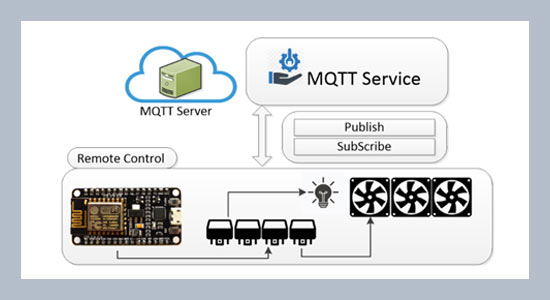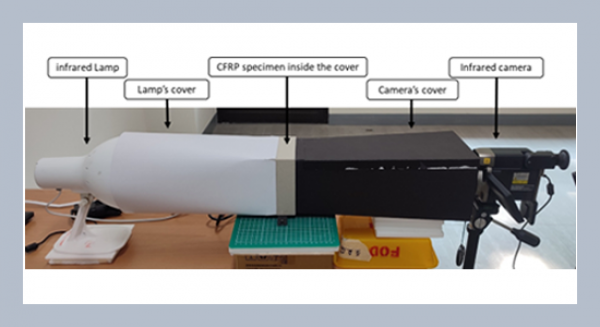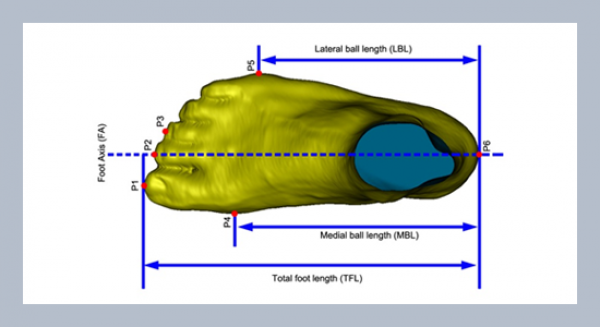Shu-Ching Wanga, Wei-Ling Lina and Chun-Hung Hsiehb* aDepartment of Information Management, Chaoyang University of Technology, Taiwan, R.O.C.
bDepartment of Information Management, National Taichung University of Science and Technology, Taiwan, R.O.C.
Download Citation:
|
Download PDF
Because the aquaponics system does not require soil, uses very little water and land area, it can produce fresh vegetables and fruits under any climatic conditions, and its energy consumption is far less than that of general traditional agriculture. Therefore, the aquaponics system is expected to be one of the priority choices for future sustainable farming systems. In this study, the technology of Internet of Things (IoT) was introduced into science and technology agriculture, and the IoT-based Aquaponics System (IAS) was actually built. In the study, the feasibility of precision technology agriculture was confirmed, and the advantages and disadvantages of the traditional greenhouse planting system and IAS were compared. In addition, in order to solve the problem of farmers lacking the ability to use information interfaces, the Intelligent Voice Control System (IVCS) of the Internet of Things was proposed in this study. The traditional unfriendly operation interface can be successfully replaced by IVCS. Therefore, IVCS can provide partners who are interested in the development of science and technology agriculture with a lower barrier to entry for science and technology, and inspire more diverse applications to effectively improve the production efficiency of agriculture, fishery and planting.ABSTRACT
Keywords:
Internet of Things; aquaponics system; greenhouse planting system; smart agriculture; precision agriculture.
Share this article with your colleagues
REFERENCES
ARTICLE INFORMATION
Received:
2020-05-11
Revised:
2020-05-26
Accepted:
2020-05-26
Available Online:
2020-06-01
Wang, S.C., Lin, W.L., Hsieh, C.H. 2020. To improve the production of agricultural using IoT-based aquaponics system. International Journal of Applied Science and Engineering, 17, 207–222. https://doi.org/10.6703/IJASE.202005_17(2).207
Cite this article:















